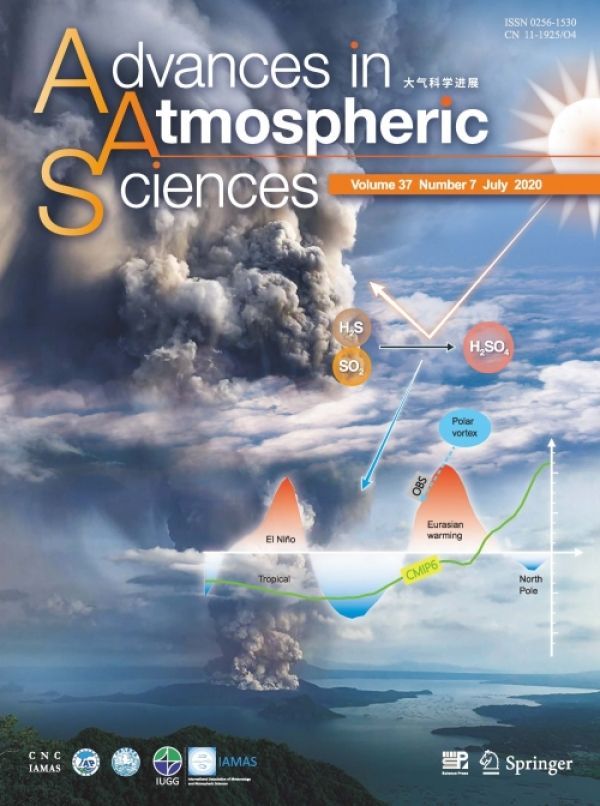When Taal volcano near Manila started erupting on January 12, 2020, ash spewed 14 kilometers into the air, coating villages in a blanket of dust and affecting nearly 460,000 people. The eruption so far has been tame compared to some of the biggest eruptions in history, and the Philippine Institute of Volcanology and Seismology (PHIVOLCS) has since downgraded its alert.
But these same volcanologists now warn that the Taal volcano may merely be in a lull and that the risk of a more dangerous eruption still exists.
"The Taal eruption has been terrible for local communities," said LIU Fei, a researcher from China's Sun Yat-sen University, "and it has also become a deep global concern, with potentially hazardous consequences for the Earth's climate."
Continue reading at Chinese Academy of Sciences
Image via Chinese Academy of Sciences


